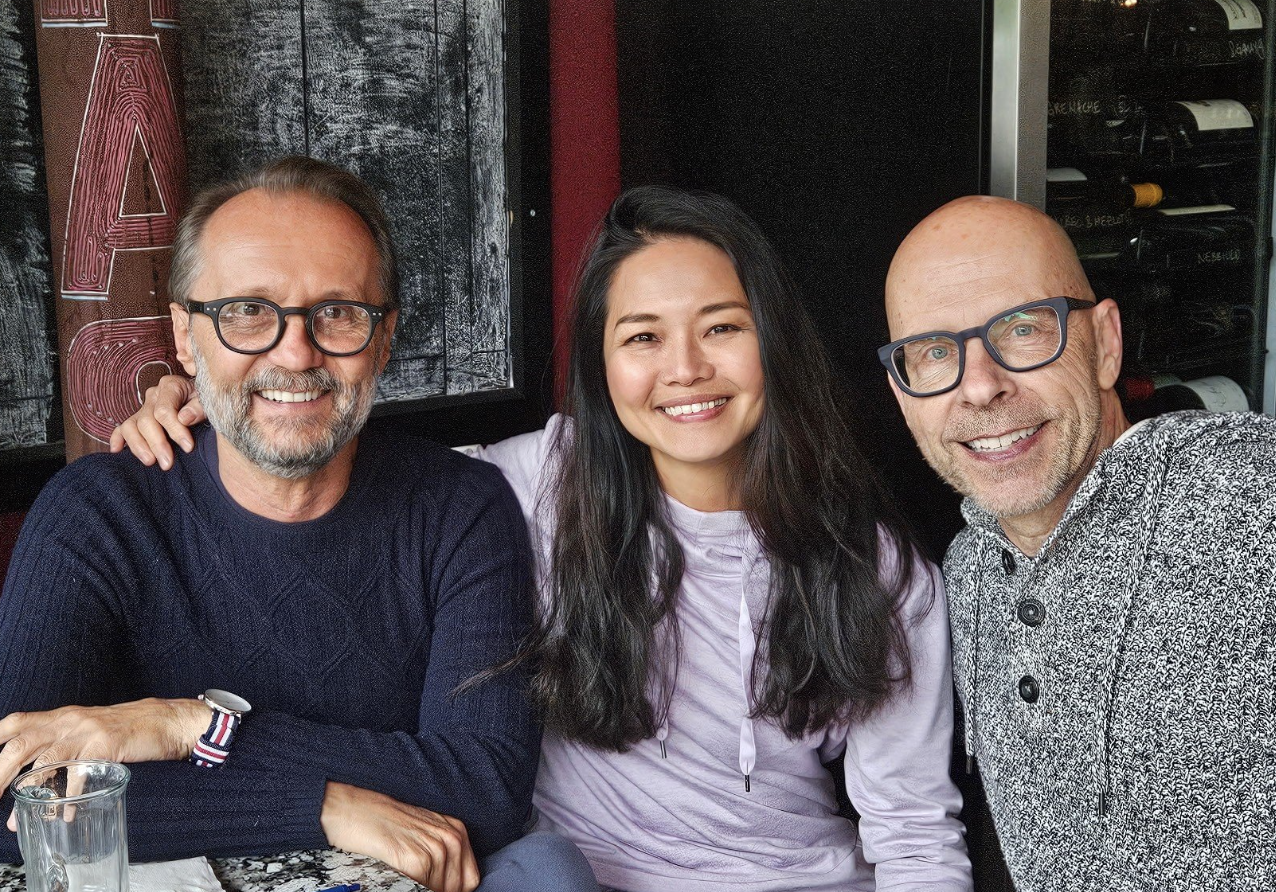
“ We change the world not by what we say or do, but as a consequence of what we have become”
— David Hawkins
Four Soulful Practices to Feed Your Inner Life
Practice 1
I deeply believe we cannot offer what we do not cultivate within ourselves. Just as you can't teach what you haven't learned, you can't be a source of peace if you're not at peace within. We can only truly share with others what we’ve first embodied—whether it’s wisdom, compassion, presence, or calm.. Read more
Extending your practice for others begins with showing up for yourself.
Practice 2
There’s a constant urge to get somewhere—and the faster we arrive, the better. We're rarely invited to question why faster is better, yet this idea has taken deep root in our culture. We chase instant results, instant gratification, instant answers. Even our expectation of “instant” has accelerated.
The more we’re able to get what we want now, the less capacity we seem to have for patience, for waiting, for letting things unfold in their own time. We begin to lose our tolerance for slowness, and along with it, something much more essential—our inner peace. Slowness isn’t just an inconvenience. It’s our teacher. Waiting isn't wasted time. It's an invitation. Read More..
Practice 3
The The Japanese have a beautiful and profound concept called “Ma” (間)—often described as a pause in time, the essential void between things. It refers not just to physical space, but to the interval, the silence, the stillness that allows meaning, movement, and beauty to emerge.
"Ma" is the breath between musical notes.
It is the space between words in a poem.
The pause in conversation that gives weight to what is said.
The quiet moment of stillness before you step into a garden, or the hush that surrounds a painting in a museum.
It is not emptiness for the sake of absence, but a presence within absence. Read more
Practice 4
A healing space is any environment—internal or external—where a person can soften, release, and return to themselves. It’s a space where the nervous system feels safe enough to let go, where the mind unclenches, and where the body is no longer bracing against life.
In a healing space, the stressors of the outside world begin to quiet. Tension dissolves. Thoughts slow. And in that stillness, we regain access to our most resourceful, resilient, and whole selves.
A healing space is not defined by aesthetics alone—it’s not just candles, cushions, or calming music. Though those elements can help, what truly defines a healing space is the quality of presence it invites. Read more







